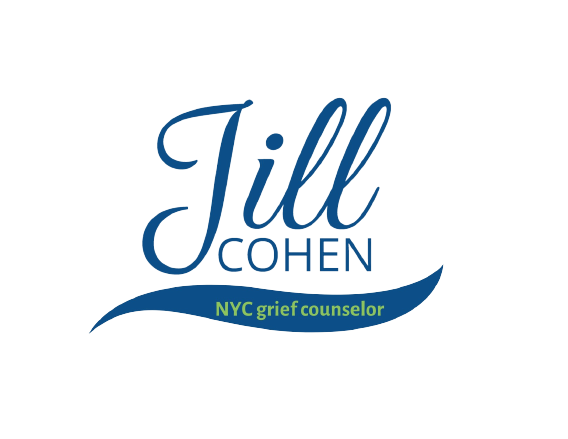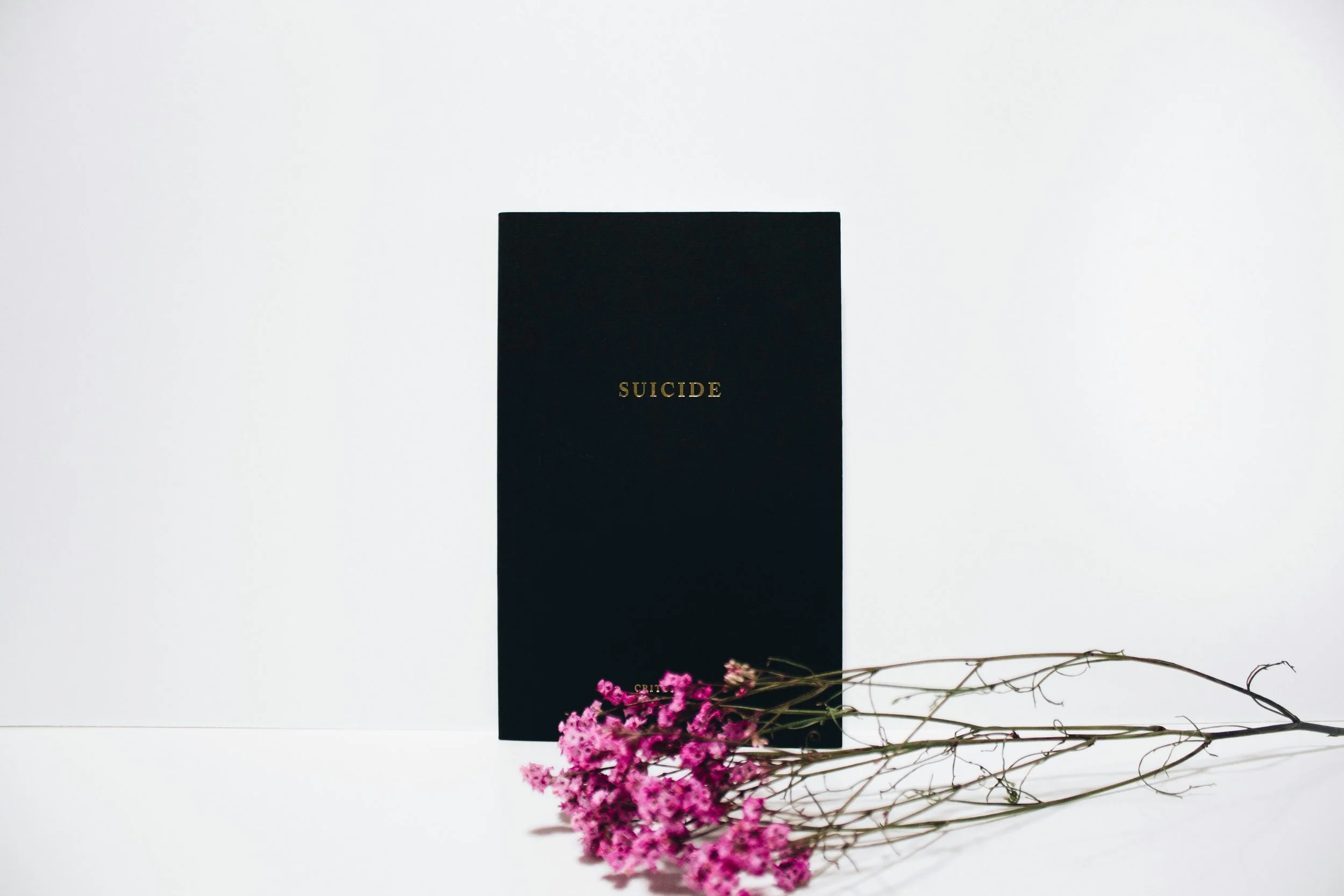The Stigma of Suicide: Why It’s One of The Hardest Deaths to Grieve
5 Minute Read
Photo by Nick Fewings on Unsplash
Suicide is a death like none other.
Suicide is a death like none other.
According to the World Health Organization (WHO), more than 720,000 people die due to suicide every year. It is the third leading cause of death among 15- 29 year-olds.
The reasons for suicide are multi-faceted, influenced by social, cultural, biological, psychological, and environmental factors present across the life span. Equally as important is the fact that for every suicide, there are many more people who attempt suicide. A prior suicide attempt is in an important factor for suicide in the general population.
Survivors of suicide can often experience different, almost unbearable emotions that are unique to this kind of loss. If you have a loved one who died by suicide, you may be confused, in disbelief, shocked, filled with self-blame, consumed by guilt, traumatized, overwhelmed, feeling rejected, embarrassed, ashamed, sad beyond measure, and raging with anger. The grief can be heart-wrenching.
The “Why” of Suicide
Why is Suicide Chosen?
The link between suicide and mental disorders (in particular, depression and alcohol use disorders), and also a previous suicide attempt is well-established in high-income countries. However, many suicides happen impulsively in moments of crisis with the breakdown in the ability to handle life stresses. Experiencing conflict, disaster, violence, abuse, loss or isolation can also induce suicidal behavior.
Why Is Death By Suicide So Unique and Complicated For Survivors To Manage?
Suicide is an interpersonal act of “murder of oneself by oneself.” It is defined as death caused by self-directed injurious behavior with intent to die as a result of the behavior. The emotional pain that belonged to the victim of suicide ends when he or she takes his or her own life. However, it continues and lives on (and sometimes never leaves) those behind who grieve the loss.
Why the Stigma around Suicide?
Photo by Mads Schmidt Rasmussen on Unsplash
According to the American Psychology Association (APA), stigma is defined as “the negative social attitude attached to a characteristic of an individual that may be regarded as a mental, physical, or social deficiency. A stigma applies social disapproval and can lead unfairly to discrimination against and exclusion of the individual.”
The stigma around mental disorders and suicide means that many people thinking of taking their own life or who have attempted suicide are not seeking help and are not getting the help they need. According to the WHO, the prevention of suicide has not been adequately addressed due to the lack of awareness of suicide as a major public health problem and the taboo in many societies to openly discuss it. The organization cites that to date, only a few countries have included suicide prevention among their health priorities and only 38 countries report having a national suicide prevention strategy.
Suicide survivors should seek support! Society should stop the stigma of suicide.
Nobody should have to grieve alone, especially after a death by suicide. And society should stop looking at suicide as a sin or a weakness. Suicide is the result of a disease, mental illness. Just as people die of cancer, auto accidents, heart attacks and other causes, those who die by suicide have died due as a result of a mental illness, either depression or otherwise.
In many cases, it takes a grief counseling professional to help introduce healthy coping strategies to help suicide survivors begin their journey to healing and most of all, acceptance.
Harvard Health published an article which cited that survivors of suicide are less likely to use professional grief support than survivors of other kinds of death, despite the fact that suicide survivors generally have a very great need for professional grief support. It’s the stigma that often gets in the way. Click on the button below for the article.
Photo by Thought Catalog on Unsplash
Common Myths and Facts about Suicide:
Dr. Kristen Fuller, a physician clears up the common myths and facts about suicide in this article written for National Alliance on Mental Illness (NAMI).
Common myths:
Suicide only affects individuals with a mental health condition.
Once an individual is suicidal, he or she will always remain suicidal.
Most suicides happen suddenly without warning.
People who die by suicide are selfish and take the easy way out.
Talking about suicide will lead to and encourage suicide.
You can see more about the facts that debunk the myths in this article:
The American Association of Suicidology highlights the great impact of suicide stigma, in that beliefs about suicide are not true and can be actively harmful to anyone who has been affected by suicide. Stigma may impede the healing and recovery process for people who have attempted suicide.
Individuals who are suicidal might hesitate to seek help because they are afraid of being perceived as weak or a failure if they admit to thinking about suicide. The families and loved ones of individuals who have died by suicide may experience feelings of self-blame of guilt, or may feel judged by others. This can affect their mourning process and make it hard for them to find support.
Photo by Dan Meyers on Unsplash
Here are some healthy coping strategies to try to adopt during grief:
Being the survivor of a suicide, can be physically and emotionally exhausting. As you grieve, remember to help protect yourself and take care of yourself as best as you can throughout the experience.
Reach Out for Support
Reach out to others for support. While working with a professional grief counselor is critical, it’s smart to let your friends help you and be present for you. You’ll need to be with the people who will listen to you and be a comforting presence.
Grieve in your own way
Grieve in your own way. GRIEF IS INDIVIDUAL. Do it in your own way and in your own timeframe too. Don’t compare your grief to the way others handle theirs. No two grievers are alike.
Expect to be Triggered
You will be triggered. Expect the unexpected in grief. Anniversaries, holidays, special occasions, or traditions will remind you of your loved one, even if the thought pops up randomly. That’s normal. Don’t be afraid when triggered by a memory. Try to invite it in.
Grief is Not Linear
Grief is not a linear process. It goes up, down and sideways. Don’t overanalyze each day’s grief.
Grief is like an ocean with waves of emotion. All you can do is ride the tide of each one, some lower, some higher. That’s the way it goes.
Don’t Forget About The Children:
THE DOUGY CENTER (one of the nation’s best bereavement centers for children) offers lots of resources for children after a suicide death. I urge you to click here or access to great resources.
Here is my recommended book list for suicide loss:
Resources for suicide survivors
Below are some websites for suicide survivors.
Alliance of Hope for Suicide Loss Survivors Alliance of Hope For Suicide Loss Survivors | Home
Suicide Awareness Voices for Education SAVE: Suicide Prevention, Information, and Awareness
Speaking of Suicide Speaking of Suicide - For suicidal individuals and their loved ones, survivors, mental health professionals, & others who care: Speaking of Suicide
Coping After Suicide (terrific support groups) Support Groups | Suicide Loss | Coping After Suicide
American Society for Suicide Prevention I've lost someone | AFSP
CDC suicide info Suicide Prevention | Suicide | CDC
Don’t underestimate the importance of seeking professional help. UNRESOLVED GRIEF can turn into complicated grief. That’s when painful emotions are so long-lasting and severe that you have trouble resuming your own life.
You may always wonder why the suicide happened. But the raw intensity of your grief will lessen. Then you will be able to start to heal and honor the memory of your loved one.
As always, TOUGH TIMES CALL FOR GENTLE SUPPORT. I can help you work through the loss of a loved one due to suicide. There should not be a stigma. Don’t let the word “suicide” stop you from getting help in healing.





